Why Diet Matters for Blood Pressure
High blood pressure affects over 1 billion people worldwide and is a major risk factor for heart disease and stroke. When your blood pressure readings consistently show numbers above 130/80 mmHg, you’re considered to have hypertension. While medication is sometimes necessary, research consistently shows that dietary changes can significantly help lower blood pressure.
Your food choices directly impact your cardiovascular system. Certain nutrients—like potassium, magnesium, and calcium—help relax blood vessels and improve blood flow. Meanwhile, other components like nitrates and antioxidants support healthy blood vessel function and reduce inflammation. By strategically including these beneficial foods in your diet, you can create a natural approach to managing blood pressure.
1. Leafy Green Vegetables
Leafy greens like spinach, kale, and Swiss chard are powerhouses for blood pressure management. They’re rich in potassium, which helps your body eliminate excess sodium through urine, easing pressure on blood vessel walls. Just one cup of cooked Swiss chard provides 961mg of potassium and 150mg of magnesium.
These vegetables are also high in nitrates, which your body converts to nitric oxide—a compound that relaxes blood vessels and improves blood flow. Research shows that consuming just one cup of green leafy vegetables daily can significantly lower blood pressure and reduce cardiovascular disease risk.
How to enjoy: Add spinach to smoothies, sauté Swiss chard with garlic as a side dish, or mix kale into soups and stews.
2. Berries
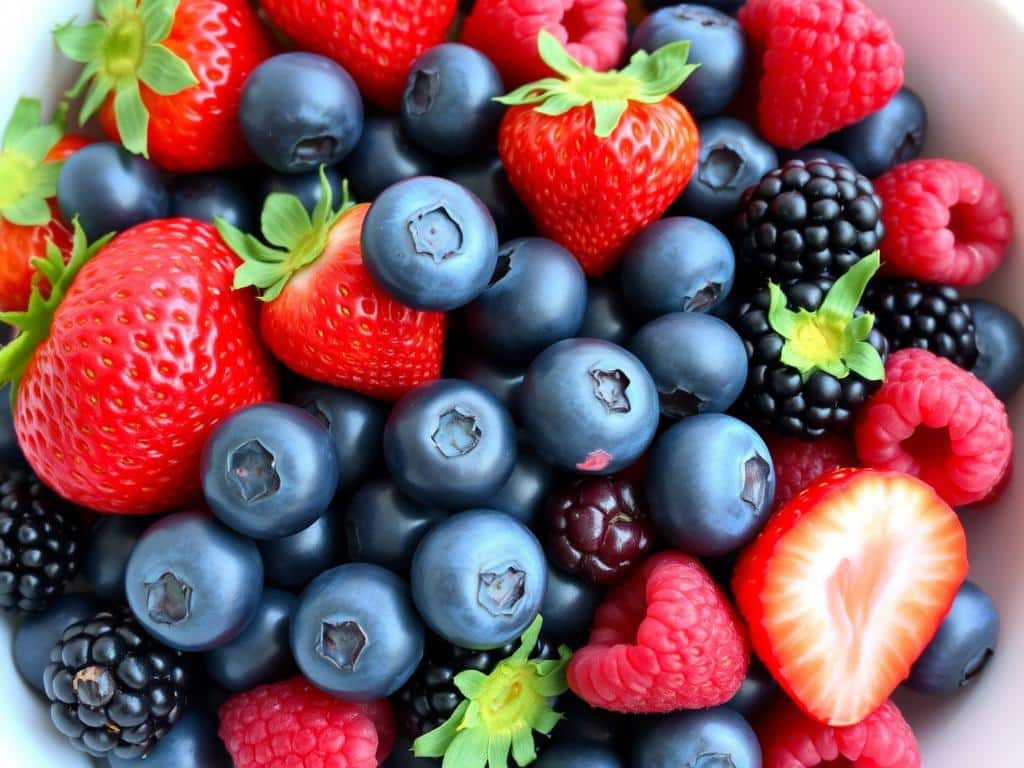
Berries—especially blueberries, strawberries, and raspberries—contain powerful antioxidants called anthocyanins that give them their vibrant colors. These compounds increase nitric oxide levels in the blood and reduce molecules that restrict blood flow, potentially lowering blood pressure.
A 2020 review of clinical studies found that various types of berries, including whole, freeze-dried, or juice forms, reduced systolic blood pressure by over 3 mmHg. The strongest effect was observed with cranberry juice.
How to enjoy: Add berries to oatmeal, blend into smoothies, eat as a snack, or mix into yogurt for a heart-healthy dessert.
3. Bananas

Bananas are one of the most accessible foods for blood pressure management due to their high potassium content. One medium banana contains approximately 422mg of potassium, which helps counteract the effects of sodium and eases tension in blood vessel walls.
The American Heart Association notes that potassium is crucial for managing blood pressure as it helps the body excrete excess sodium through urine. Adults should aim for 3,400mg (men) or 2,600mg (women) of potassium daily.
How to enjoy: Eat bananas as a quick snack, add to smoothies, slice onto whole-grain toast with nut butter, or freeze for a refreshing treat.
4. Oats

Oats contain a special type of fiber called beta-glucan, which has been linked to blood pressure benefits. This soluble fiber helps reduce both systolic and diastolic blood pressure by improving nitric oxide production and reducing inflammation.
Research in animal models has shown that beta-glucan and another compound in oats called avenanthramide C reduce oxidative stress markers in hypertensive subjects. Regular consumption of whole oats may help maintain healthy blood pressure levels over time.
How to enjoy: Start your day with a bowl of oatmeal topped with berries and nuts, use rolled oats in homemade granola, or substitute oat flour in baking recipes.
5. Beets

Beets are one of the richest dietary sources of nitrates, compounds that your body converts to nitric oxide. This gas helps relax blood vessels and improves blood flow, potentially leading to lower blood pressure.
A 2022 systematic review found that nitrates from beetroot juice significantly lowered systolic blood pressure in people with hypertension. The effect was most pronounced within a few hours of consumption but may provide ongoing benefits with regular intake.
How to enjoy: Drink a glass of beet juice daily, roast beets as a side dish, grate raw beets into salads, or blend into smoothies.
6. Fatty Fish
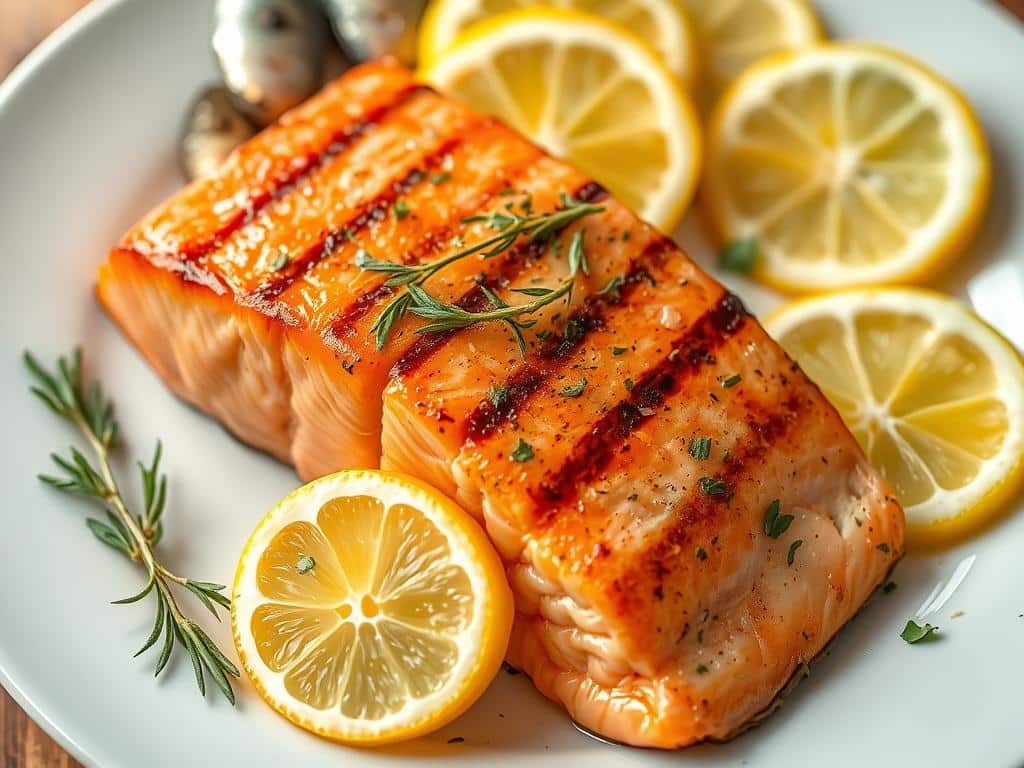
Fatty fish like salmon, mackerel, and sardines are excellent sources of omega-3 fatty acids, which have significant heart health benefits. These healthy fats help reduce inflammation and can lower blood pressure levels.
A 2022 study analyzing data from 71 clinical trials found that consuming 2-3 grams of omega-3 fats daily (about a 3.5-ounce serving of salmon) produced the largest blood pressure-lowering benefit. The American Heart Association recommends eating two servings of fatty fish per week.
How to enjoy: Grill or bake salmon with herbs, add canned sardines to salads, or prepare fish tacos with mackerel.
7. Garlic

Garlic has been used medicinally for thousands of years, and modern research supports its blood pressure-lowering effects. The active compound allicin, released when garlic is crushed or chopped, promotes the production of nitric oxide and helps relax blood vessels.
A 2020 review concluded that garlic supplements, particularly aged garlic extract, can effectively reduce blood pressure, arterial stiffness, and cholesterol levels. Regular consumption of fresh garlic may provide similar benefits.
How to enjoy: Add minced garlic to stir-fries, soups, and pasta sauces, roast whole garlic bulbs for a milder flavor, or use as a flavorful alternative to salt.
8. Citrus Fruits
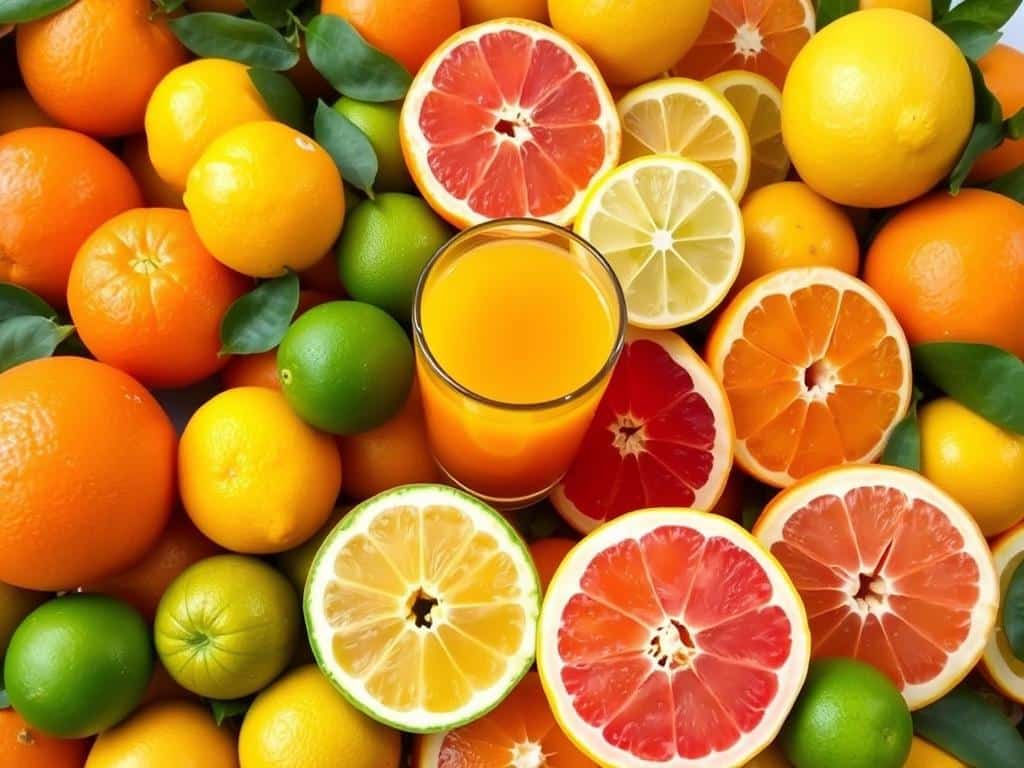
Citrus fruits like oranges, grapefruits, and lemons contain flavonoids and other compounds that support heart health. They’re particularly rich in hesperidin, an antioxidant that may help lower blood pressure.
A 2021 study found that regularly consuming orange juice (500ml daily for 12 weeks) helped lower systolic blood pressure, with hesperidin playing a key role in this effect. Research suggests that eating roughly 530-600 grams of fruit per day (about four oranges) benefits blood pressure management.
How to enjoy: Eat oranges as a snack, add lemon to water, make fresh citrus juice, or use citrus zest in cooking.
9. Nuts and Seeds
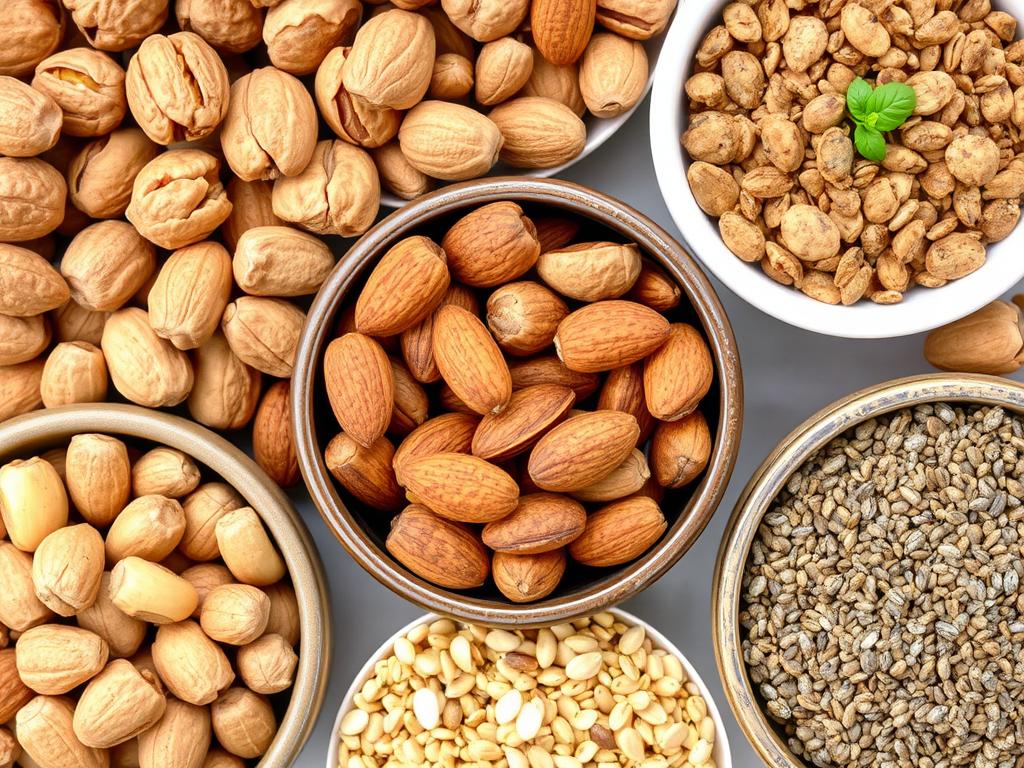
Nuts and seeds provide a concentrated source of nutrients important for blood pressure control, including magnesium, potassium, and L-arginine—an amino acid needed to produce nitric oxide for blood vessel relaxation.
Studies show that regular consumption of walnuts can reduce systolic blood pressure in adults with mild hypertension. Similarly, flaxseeds, chia seeds, and pistachios have demonstrated blood pressure-lowering effects in various research studies.
How to enjoy: Snack on a handful of unsalted mixed nuts, sprinkle seeds on salads or yogurt, blend nuts into homemade pesto, or add ground flaxseed to smoothies.
10. Dark Chocolate
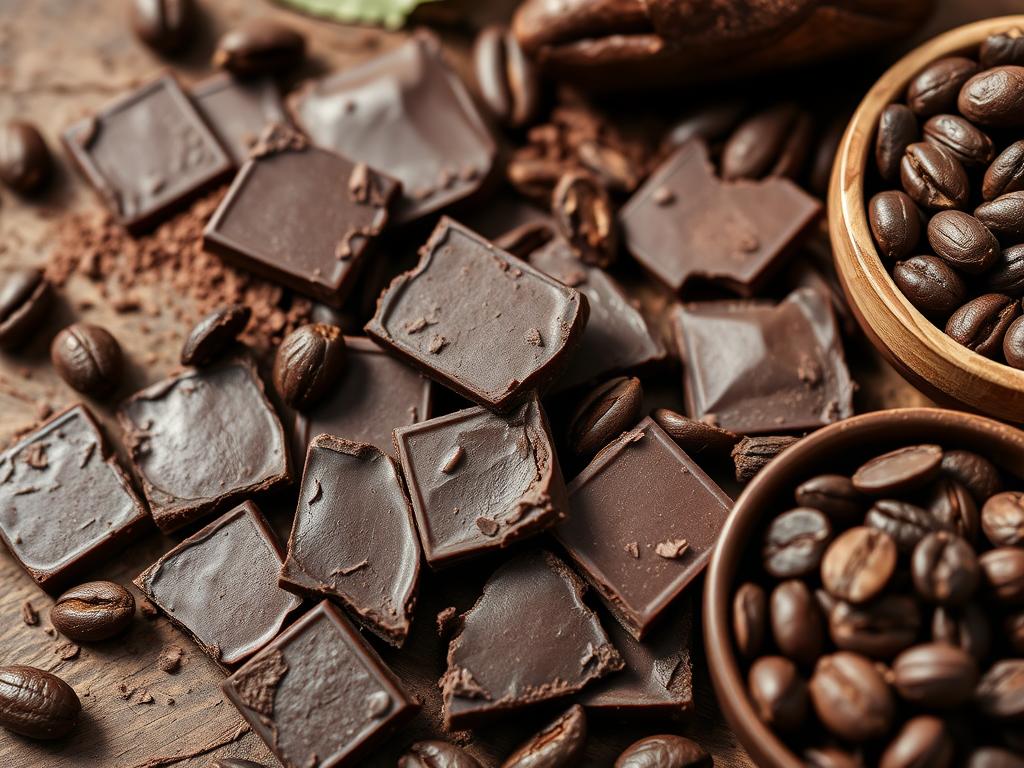
Dark chocolate contains flavanols, antioxidants that can help lower blood pressure by improving nitric oxide production and enhancing blood vessel function. The higher the cocoa content, the greater the potential benefits.
While the American Heart Association notes that you may not be able to consume enough dark chocolate to experience significant blood pressure benefits, moderate consumption can be part of a heart-healthy diet. Choose varieties with at least 70% cocoa content for maximum flavanol content.
How to enjoy: Savor a small square (about 1 ounce) of dark chocolate as an occasional treat, add cacao nibs to oatmeal or yogurt, or use unsweetened cocoa powder in smoothies.
11. Pomegranates
Pomegranates are rich in antioxidants and bioactive compounds that may help prevent high blood pressure and atherosclerosis. The polyphenols in pomegranate juice have been shown to reduce oxidative stress and improve endothelial function.
A 2017 review of eight human trials found evidence that consuming pomegranate juice consistently lowered blood pressure. Another study suggested that daily pomegranate juice consumption may reduce both systolic and diastolic blood pressure in people with diabetes.
How to enjoy: Drink unsweetened pomegranate juice, add the seeds (arils) to salads, sprinkle over yogurt, or use as a garnish for savory dishes.
12. Yogurt
Yogurt is a nutrient-dense dairy product packed with minerals like potassium and calcium that help regulate blood pressure. It also contains beneficial probiotics that may support heart health through various mechanisms.
A 2021 study showed that among people with high blood pressure, having a serving of yogurt per day was linked with lower systolic blood pressure levels. Research suggests that increasing daily yogurt consumption may be associated with a reduction in systolic blood pressure.
How to enjoy: Choose plain, unsweetened yogurt and add fresh fruit for sweetness, use as a base for smoothies, substitute for sour cream in recipes, or make a savory yogurt dip with herbs.
13. Olive Oil
Extra virgin olive oil is a cornerstone of the heart-healthy Mediterranean diet. It contains monounsaturated fats and polyphenols that support cardiovascular health and may help lower blood pressure.
A 2020 review found that the nutrients and plant-based compounds in olive oil, such as oleic acid and antioxidant polyphenols, make it beneficial for blood pressure management when included as part of a balanced diet.
How to enjoy: Use extra virgin olive oil in salad dressings, drizzle over vegetables before roasting, use for low-temperature cooking, or dip whole grain bread in it instead of using butter.
14. Potatoes
Potatoes are often overlooked as a health food, but they’re actually rich in potassium and other compounds that support healthy blood pressure. A medium baked potato with skin contains 926mg of potassium—more than a banana.
A 2021 study found that including potatoes as part of a potassium-rich diet helped reduce systolic blood pressure. The researchers concluded that potatoes can be part of an overall healthy diet providing approximately 3,300mg of potassium per day.
How to enjoy: Bake or roast potatoes with the skin on, make mashed potatoes with olive oil instead of butter, or prepare potato salad with a yogurt-based dressing.
15. Kiwifruit
Kiwifruit is exceptionally high in vitamin C and contains other nutrients involved in blood pressure regulation, including fiber, potassium, and magnesium. It also contains various plant-based polyphenols and antioxidant compounds.
A 2022 study found that eating two kiwis at breakfast every day for 7 weeks resulted in a 2.7 mmHg lower systolic blood pressure compared to a control group. This modest reduction can be significant for overall heart health when maintained over time.
How to enjoy: Eat kiwi as a snack, add to fruit salads, blend into smoothies, or use as a natural meat tenderizer.
Sample 1-Day Blood Pressure-Friendly Meal Plan

Here’s how to incorporate many of these blood pressure-lowering foods into a single day of eating:
Breakfast
Oatmeal topped with berries, banana slices, and a sprinkle of flaxseeds. Serve with a kiwi on the side and unsweetened green tea.
Lunch
Spinach salad with grilled salmon, chopped walnuts, orange segments, and a dressing made with olive oil, lemon juice, and minced garlic. Serve with a small baked potato.
Dinner
Stir-fry with plenty of vegetables (including bok choy, a leafy green), garlic, ginger, and tofu or lean chicken. Serve over brown rice and finish with a small square of dark chocolate.
Snacks
Morning: A handful of unsalted mixed nuts
Afternoon: Plain yogurt with pomegranate seeds
Evening: Carrot sticks with hummus
Foods to Avoid with High Blood Pressure
Foods That May Raise Blood Pressure
- High-sodium foods: Processed meats, canned soups, fast food, salty snacks
- Processed foods: Packaged meals, snack foods, baked goods
- Excessive alcohol: More than 1-2 drinks per day
- Added sugars: Sodas, candy, desserts, sweetened beverages
- Saturated and trans fats: Fried foods, fatty meats, full-fat dairy
- Caffeine: Large amounts may temporarily raise blood pressure
Long-Term Dietary Habits for Blood Pressure Management
While incorporating specific foods is important, your overall dietary pattern matters most for long-term blood pressure management. Consider these approaches:
The DASH Diet
The Dietary Approaches to Stop Hypertension (DASH) diet was specifically designed to lower blood pressure. It emphasizes fruits, vegetables, whole grains, lean proteins, and low-fat dairy while limiting sodium, sweets, and red meats. Studies show it can lower systolic blood pressure by 8-14 mmHg.
The Mediterranean Diet
This heart-healthy eating pattern focuses on olive oil, fish, nuts, legumes, fruits, vegetables, and whole grains. It naturally includes many of the foods mentioned in this article and has been shown to reduce blood pressure and other cardiovascular risk factors.
Consistent Meal Timing
Eating regular meals helps maintain stable blood sugar levels, which can indirectly support healthy blood pressure. Try to eat at consistent times each day and avoid skipping meals.
Beyond Diet: Other Factors That Affect Blood Pressure
Physical Activity
Regular exercise strengthens your heart, helping it pump blood more efficiently. Aim for at least 150 minutes of moderate activity per week, such as brisk walking, swimming, or cycling.
Stress Management
Chronic stress can contribute to high blood pressure. Practices like meditation, deep breathing, yoga, or simply spending time in nature can help manage stress levels.
Adequate Sleep
Poor sleep quality and duration are linked to higher blood pressure. Most adults need 7-9 hours of quality sleep per night.
Limiting Alcohol and Quitting Smoking
Both excessive alcohol consumption and smoking raise blood pressure. Limit alcohol to no more than one drink daily for women and two for men, and seek support to quit smoking if needed.
Making Sustainable Changes for Better Blood Pressure
Reducing blood pressure with food is a gradual process that requires consistency. Rather than making drastic changes all at once, try incorporating one or two new foods each week. Over time, these small adjustments can lead to significant improvements in your blood pressure and overall heart health.
Remember that while dietary changes are powerful, they work best as part of a comprehensive approach that includes regular physical activity, stress management, adequate sleep, and appropriate medical care. If you have high blood pressure, work with your healthcare provider to develop a plan that’s right for you.
By making these heart-healthy foods a regular part of your diet, you’re taking an important step toward better blood pressure control and long-term cardiovascular health.
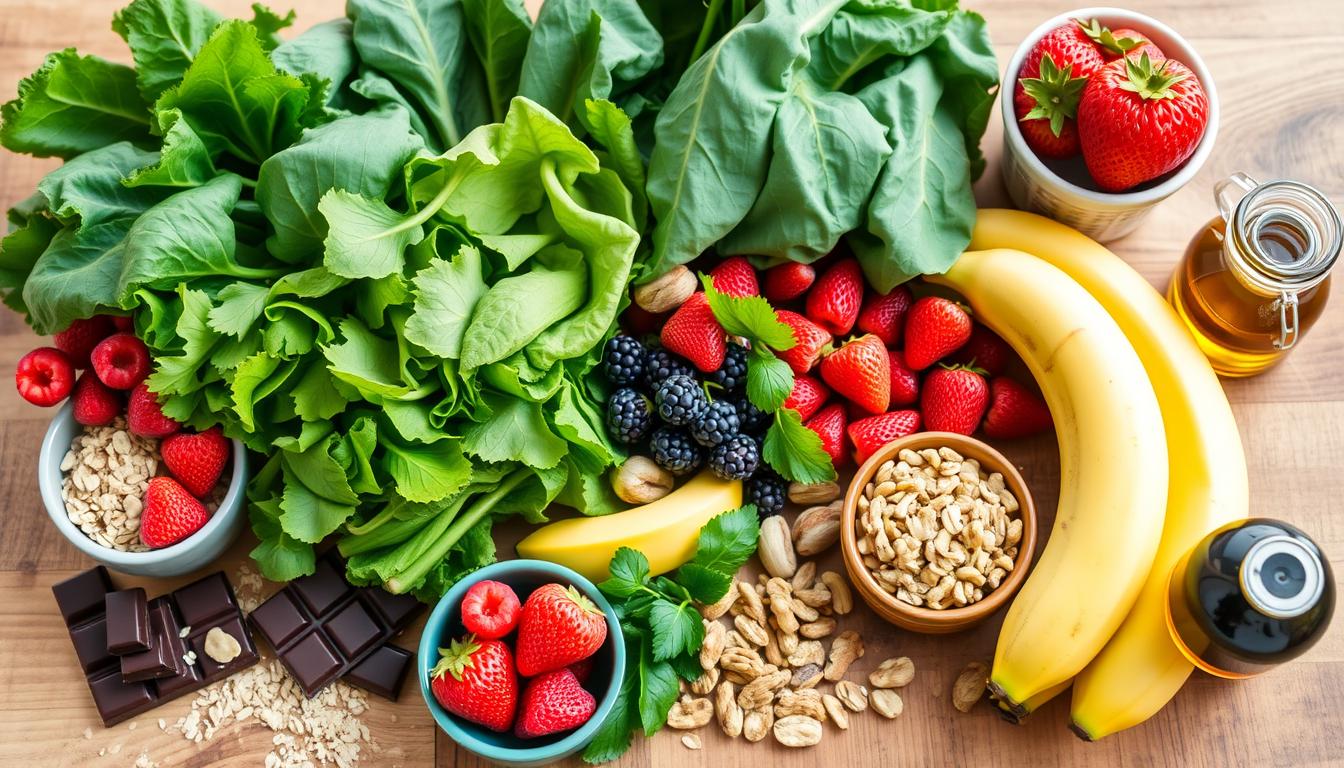
Take Control of Your Blood Pressure Today
Subscribe to our newsletter for weekly recipes featuring these blood pressure-friendly foods, plus tips and strategies for heart health.
Get well and stay well,
Ray.

